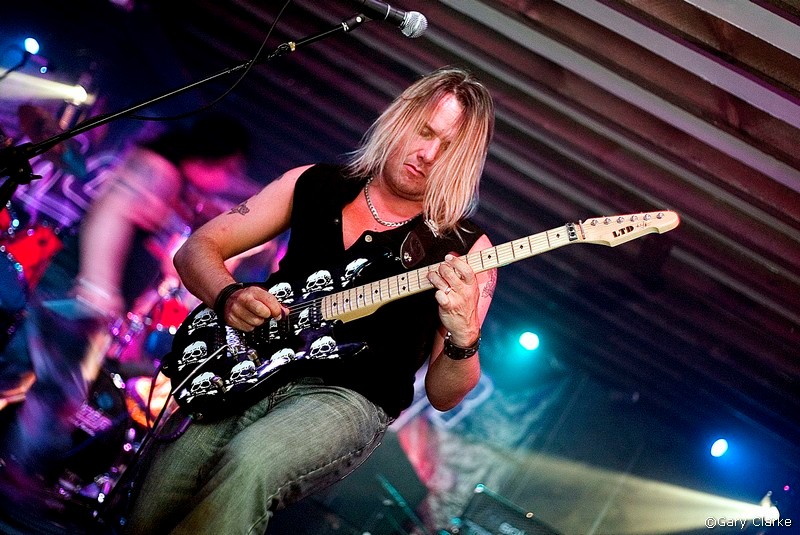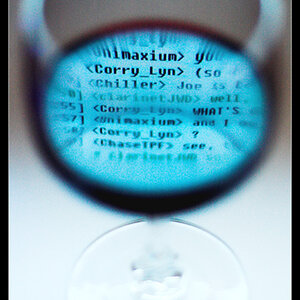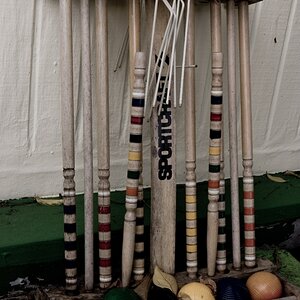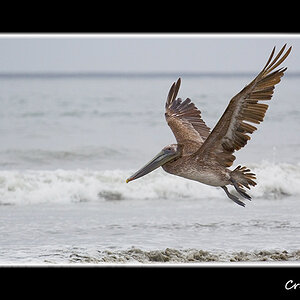DiskoJoe
Been spending a lot of time on here!
- Joined
- Mar 24, 2011
- Messages
- 4,540
- Reaction score
- 528
- Location
- Houston
- Can others edit my Photos
- Photos NOT OK to edit
I have been doing some club photography and trying to get tips on flash techniques and someone mentioned that i should research the technique of "dragging the shutter." I found this article which seemed pretty informative and wanted to see if anyone here had any additional input on this subject and maybe some techniques that have worked well for you. Picture examples would be great.
here is the article I read....
ilovephotography.com -- Light Readings Article #9
here is the article I read....
ilovephotography.com -- Light Readings Article #9



![[No title]](/data/xfmg/thumbnail/1/1592-cfae4a7ea791f96c6e2d03484be2e454.jpg?1619729144)


![[No title]](/data/xfmg/thumbnail/34/34121-bdee2cb53518626b080a38730454dd5b.jpg?1619736291)
